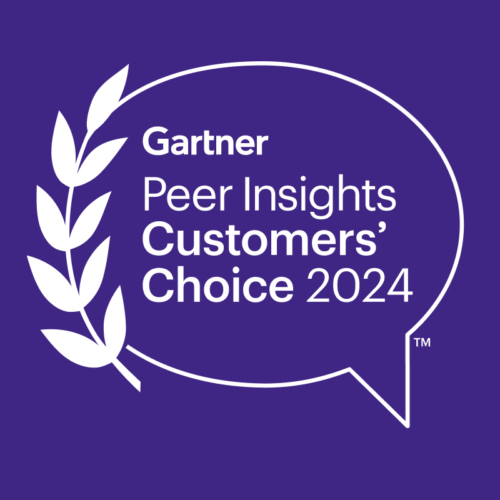On-premise contact centers are quickly becoming as out-of-date as landlines and 8-track tapes. Companies like Genesys are ending on-premise contact center support in favor of CCaaS. The result is that banks, like other businesses, are now migrating their contact centers to the cloud.
There are a lot of good reasons to move to a cloud-based system. It’s a scalable solution that handles its own maintenance, and it can lower your infrastructure costs.
It can also, in some cases, lead to disaster.
How CCaaS migration can backfire
Big technological reconfigurations are inherently risky. Any implementation of a new system will result in a few hiccups at best and a series of rolling disasters at worst. If your CCaaS migration goes wrong, your containment rates will fall as frustrated customers transfer to live agents, increasing handling times and reducing customer satisfaction. This is likely to wipe out much of your CCaaS cost savings.
Anyone who has experienced a bad update or tech transfer knows that recovering can be a long, expensive process once things go bad. Successful migration from on-premise to CCaaS requires careful planning and implementation of CAI technology, which can result in cost savings, scalability, and improved customer satisfaction. By taking advantage of technological changes, organizations can avoid the risks of a failed migration and end up in a better place than where they started.
The secret to averting CCaaS disaster
Updating CAI before a CCaaS migration helps avoid degraded fulfillment rates. Based on our experience, banks that choose Omilia Cloud Platform (OCP) as their CAI provider reach and maintain high containment rates – over 70% – and easily adapt their applications to the rapidly changing business environment.
With the carrot of CCaaS labor savings and the stick of the end of on-premise options, it’s understandable that banks might move too quickly, overlooking the importance of a CAI that can achieve the enhanced levels of self-service fulfillment of OCP. Moving to CCaaS has the potential to reduce call center costs by 10% or so. That sounds great, but it’s nothing compared to getting CAI tuned up to 70% self-service fulfillment or more.
To dig into the numbers, let’s say you have a current fulfillment rate of 35%, which is a cross-industry average. Increasing to 70% self-service fulfillment could cut out around a third of your call center labor costs. Enterprise banks tend to have a higher fulfillment rating than average, but that increase to 70% is still going to be greater than the savings achievable from a simple move to CCaaS without OCP. And those savings come with lower risk and disruption.
That’s why we think leading research firm Gartner is right in their prediction that CAI deployed in call centers will be responsible for US$80 billion in reduced labor costs by 2026.
With Omilia’s AI integrated into your CCaaS system, you’ll get higher call capacity, lower handling times and costs, and fewer customers calling back because their need wasn’t properly handled the first time around. Omilia’s natural language capabilities, accuracy, and efficiency increase customer satisfaction while decreasing costs. It’s a win-win for both the bank and the customer.
Another danger of delaying CAI
Of course, you might want to just rush through your CCaaS migration, see how things work out, and deal with your CAI update after the dust has settled. But there’s also considerable danger in that.
It’s important to remember that CCaaS vendors charge per seat. That creates incentives for them to delay and avoid anything that reduces labor costs. The CCaaS pricing model is simply not aligned with the long-term interests of banks to reduce labor costs through enhanced levels of fulfillment. That’s why it’s best to go in with OCP already in place.
Migrate to CCaaS the right way
Done right, the migration from on-premise to cloud-based call centers presents a significant cost-saving opportunity, but it must be implemented with care. By updating CAI technology and utilizing OCP, banks can increase fulfillment rates and ultimately achieve greater labor cost savings than a vanilla CCaaS migration.
Moving to CCaaS could be a disaster, but it could also be an opportunity to build a much better system that lowers costs while increasing customer satisfaction. Don’t ignore the CAI component if you want to increase your odds of a successful migration.


